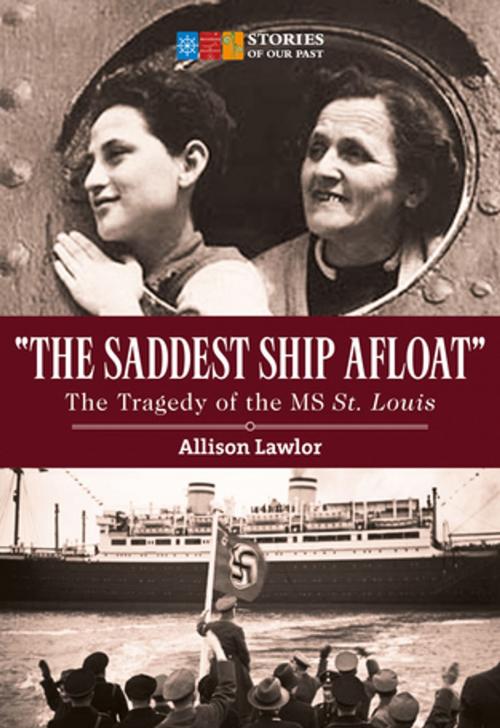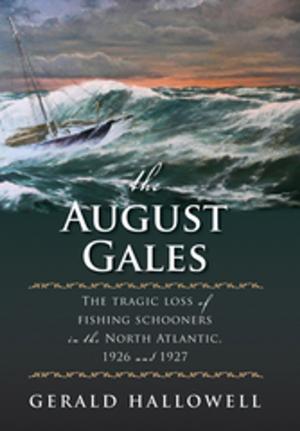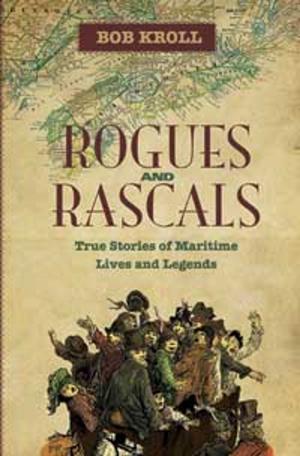| Author: | Allison Lawlor | ISBN: | 9781771085335 |
| Publisher: | Nimbus | Publication: | June 14, 2016 |
| Imprint: | Nimbus | Language: | English |
| Author: | Allison Lawlor |
| ISBN: | 9781771085335 |
| Publisher: | Nimbus |
| Publication: | June 14, 2016 |
| Imprint: | Nimbus |
| Language: | English |
On May 13, 1939, the eve of the Second World War, the MS St. Louis left port in Hamburg, Germany, headed for Havana, Cuba. Among the ship's passengers were more than six hundred Jews attempting to escape Nazi rule. But most of the visas the passengers had purchased turned out to be fake and after several days in limbo in Havana's harbour, the ship's captain turned back for Europe. Canadian and American activists petitioned their governments to accept the refugees on humanitarian grounds, but to no avail. On its return, the ship would distribute its passengers among European countries, and over the course of the war, an estimated 250 would die in the Nazi-run concentration camps.
The latest in the Stories of our Past series is illustrated with photos and sidebar features on the voyage, glimpses into the lives of passengers, a look at Canada's postwar refugee policy, and memorials dedicated to preserving the story of this tragic event in Canadian immigration history.
On May 13, 1939, the eve of the Second World War, the MS St. Louis left port in Hamburg, Germany, headed for Havana, Cuba. Among the ship's passengers were more than six hundred Jews attempting to escape Nazi rule. But most of the visas the passengers had purchased turned out to be fake and after several days in limbo in Havana's harbour, the ship's captain turned back for Europe. Canadian and American activists petitioned their governments to accept the refugees on humanitarian grounds, but to no avail. On its return, the ship would distribute its passengers among European countries, and over the course of the war, an estimated 250 would die in the Nazi-run concentration camps.
The latest in the Stories of our Past series is illustrated with photos and sidebar features on the voyage, glimpses into the lives of passengers, a look at Canada's postwar refugee policy, and memorials dedicated to preserving the story of this tragic event in Canadian immigration history.















